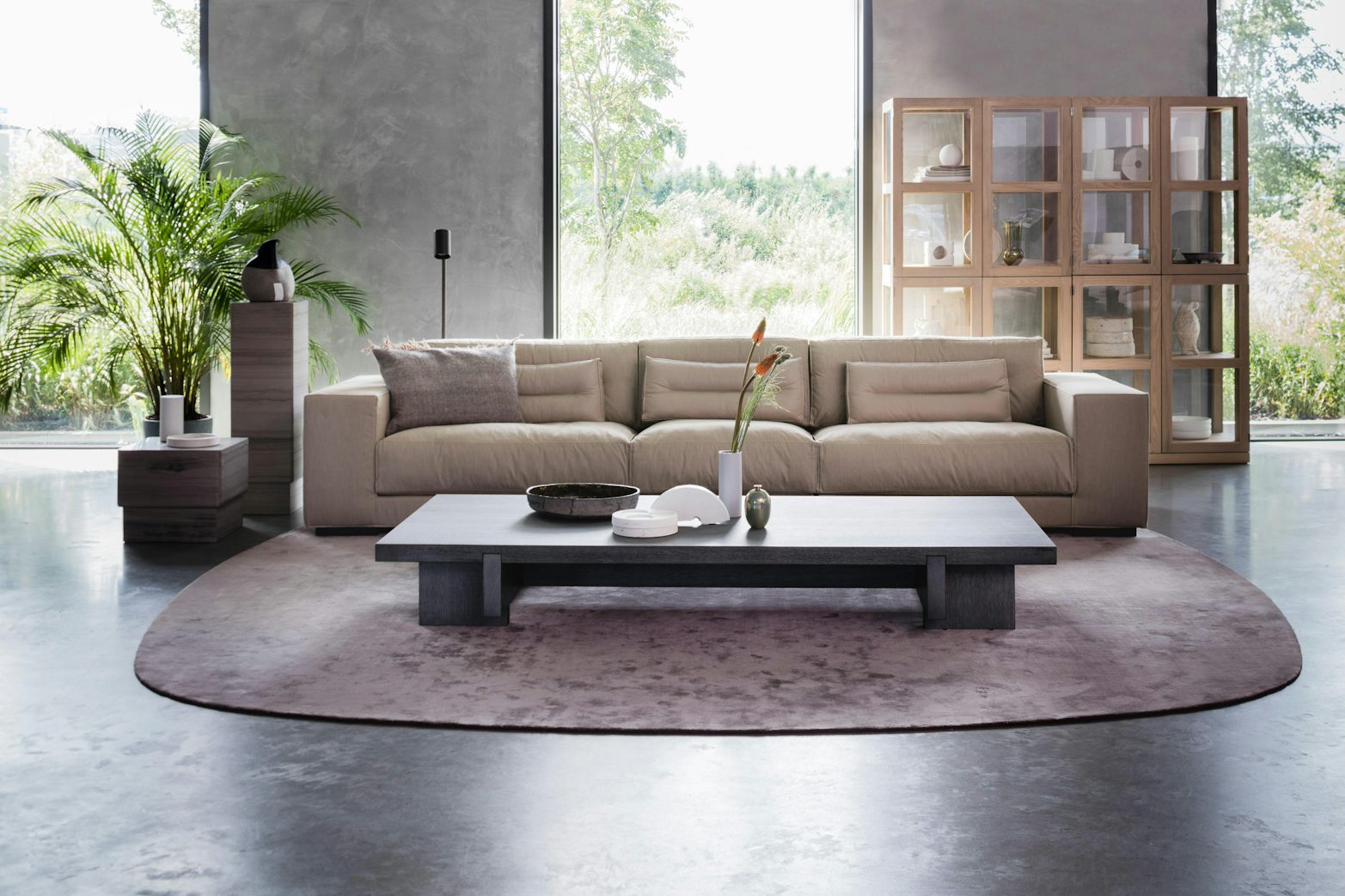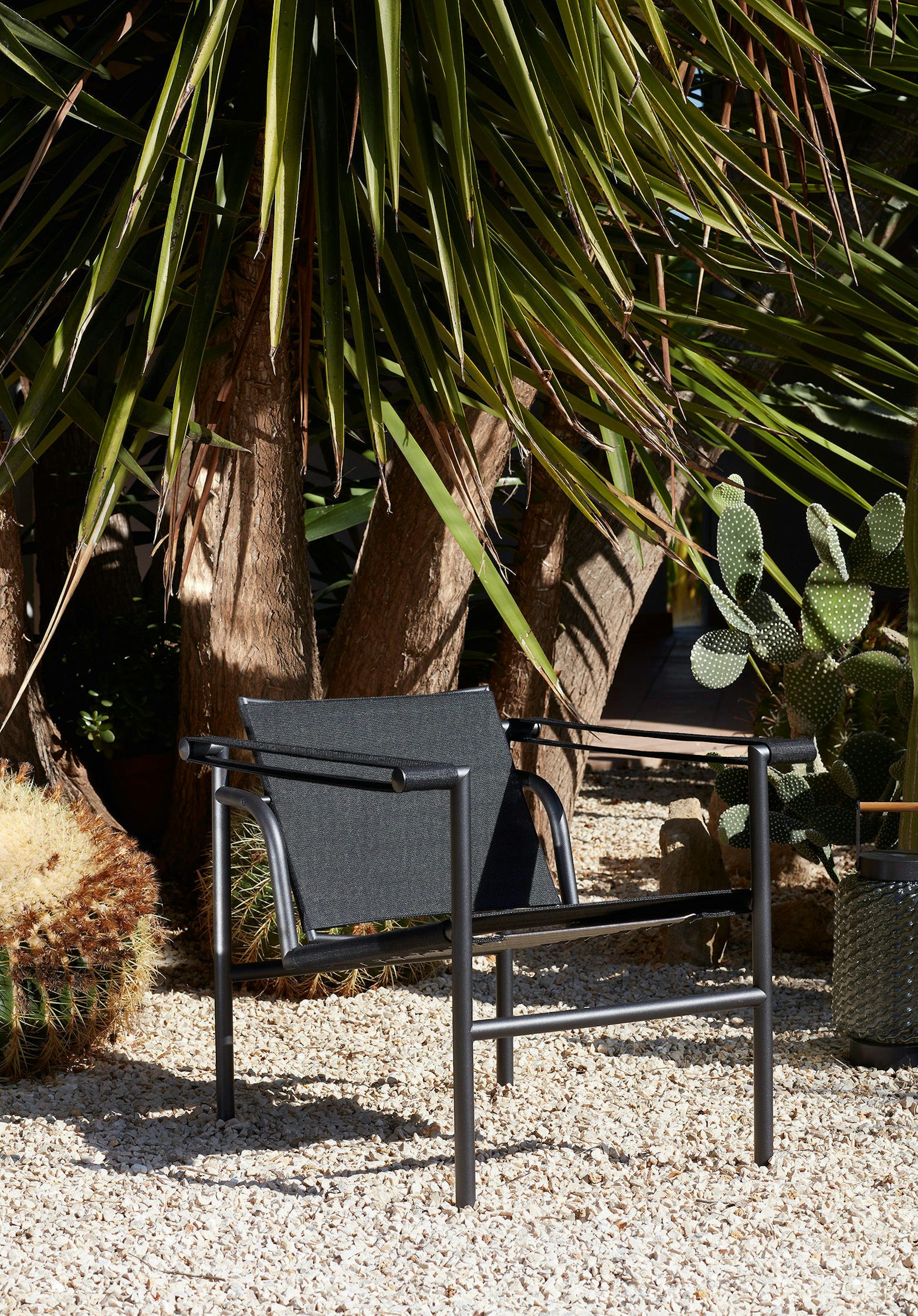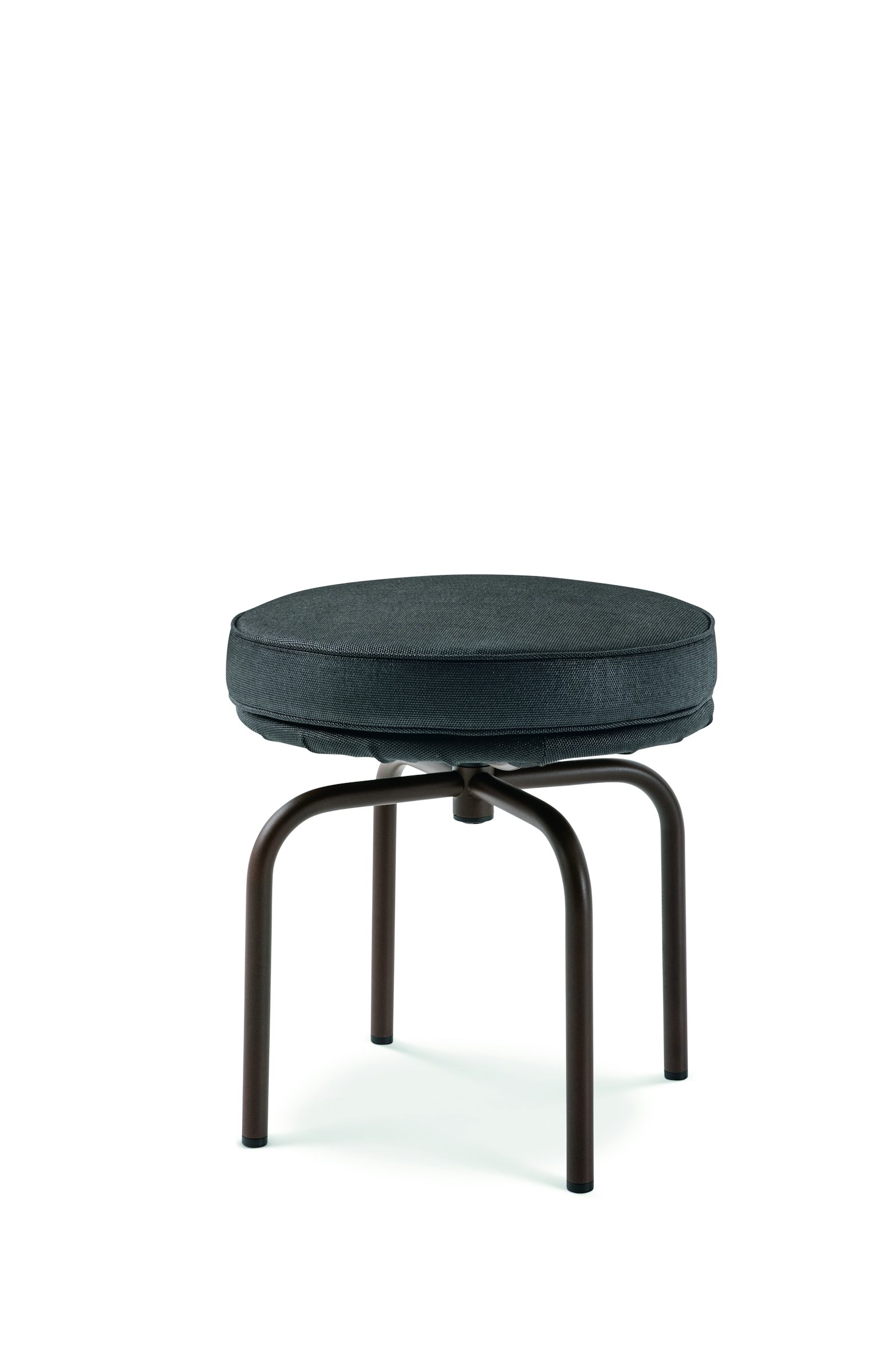Product Gallery
Video
Credit: Cassina
Le Corbusier, Perriand, Jeanneret
France
In 1922, Le Corbusier began working in the new rue de Sèvres, Paris, atelier with his cousin Pierre Jeanneret with whom he shared research projects and design criteria in a profound and life-long professional relationship. In October 1927, the pair decided to draw on the contribution of a young architect who had already begun to establish a reputation on the architectural scene of the time: Charlotte Perriand. Their collaboration lasted through to 1937 and was extremely fruitful, especially in the field of furniture design. The partnership was highly significant, both in terms of the cultural weight of their achievements and their professional successes. It was together with Charlotte Perriand that the pair tackled the innovative project for “l’équipement d'intérieur de l’habitation”.
More in Furniture
View All
by Torbjørn Bekken
for Eikund
Veng Armchair

by Pierre Jeanneret
for Cassina
Capitol Complex Lounge Chair

by Piet Boon
for Piet Boon Studio
Dieke Sofa
More in Le Corbusier, Perriand, Jeanneret
View All
by Le Corbusier, Perriand, Jeanneret
for Cassina
LC1 Outdoor

by Le Corbusier, Perriand, Jeanneret
for Cassina
LC2 Petit Confort

by Le Corbusier, Perriand, Jeanneret
for Cassina




